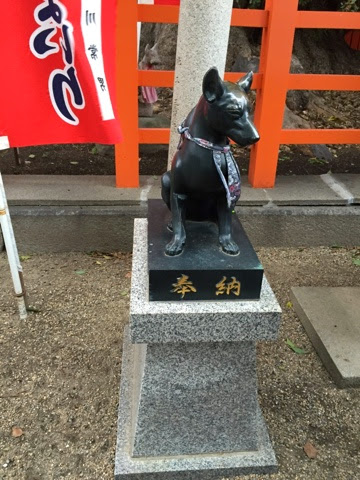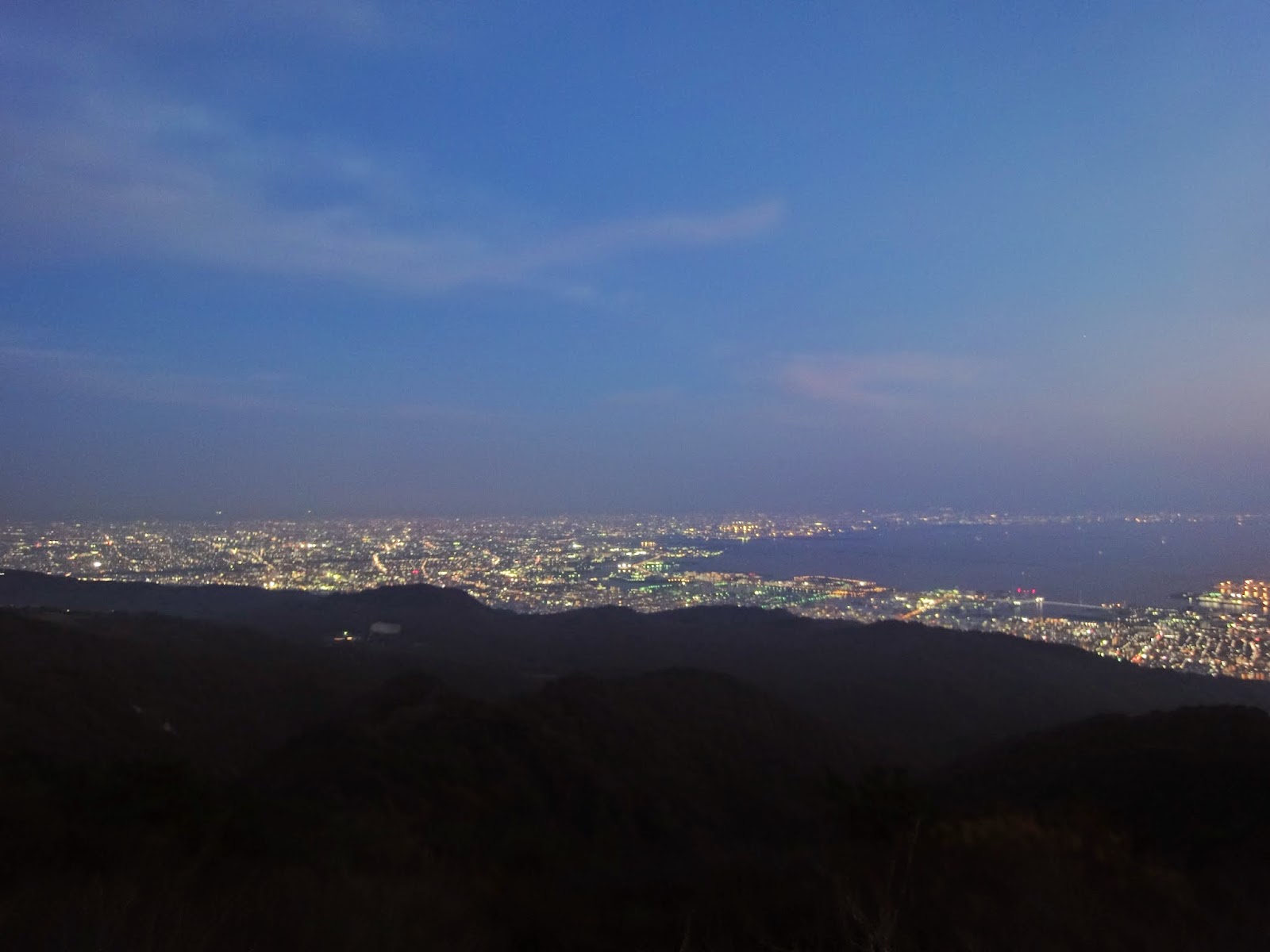It's Ubon season again and almost everyone in Japan gets to have a week-long vacation (apparently not declared officially as holiday) away from the hustle bustle of the cities as many Japanese go back to their hometowns to visit the their relatives and pay tribute to their ancestors; very much like the All Saints and Souls days in some Catholic nations. Not everyone however follow this tradition every year and some may opt to travel either around Japan or other parts of the globe. If you're a foreigner (gaijin) who have no families or ancestor graves to visit this Ubon, the options are countless (lol). And because I want to save you from reading such a lengthy post, I give you only three choices here. You can either (a) catch up with the backlogs at work (seriously?) (b) stay home and do things you never get to do during regular days (heaven knows what), or (c) travel around Japan and spend these glorious days to the fullest. I was fortunate to get to choose option (c)! Since I have been dying for almost a year to visit a beautiful onsen located in Kyushu, I packed my bags and headed to explore the southern tip of the Japanese mainland. First stop, Kagoshima prefecture. Getting there is a lot easier and cheaper nowadays compared to several years ago when there's only a handful of airlines operating around Japan. Although the Kyushu shinkansen has been operational years back, the competition between a growing number of low cost carriers or LCCs have helped bring down the ticket prices to affordable, student friendly levels. Of these LCCs , one name stands out: Peach! It flies out of Kansai (KIX) to a number of international and domestic destinations including Kagoshima. You can reach KIX from other parts of Kansai (although relatively far from the city center) either by trains (Nankai and JR) or by ferry (from Kobe and other places?). And since I like trains, I couldn't resist the temptation of riding one of the most badass looking airport express in the galaxy, the rapi:t service of Nankai!
 |
| The rapi:t airport express service of Nankai line in Namba station |
And all it takes is 510 yen more on top of your regular fare (I know what you're thing but hey, I don't get to ride this everyday :D ). We reached Kagoshima at past lunchtime and immediately went to the rent-a-car shop where we picked up our rented car and drove around Kagoshima. We visited Kirishima shrine in the mountainous region of Kagoshima where we prayed to the Shinto gods and bought amulets. While driving on to our next destination, I couldn't help but notice the lush green pine tree forests hugging the mountains like thick blankets. There were many onsen facilities and hotels a long the way and we could smell the sulfur emanating from steams of natural hot springs beside the road. As we traveled downhill, the views were changing and the mountainous backdrop was slowly replaced by the sea. We stopped at a park beside a boulevard where there was a free foot bath offering an amazing view of Sakurajima, an active volcanic island located a few kilometers off the coast of Kagoshima city.
 |
| Foot bath with a view :) |
Tourists and locals dip their feet in the warm waters of the foot bath while enjoying the breathtaking view of the volcano and the sea. Too bad we couldn't stay long since it was getting dark. After relaxing for a few minutes, we headed towards the island volcano. I thought we would ride a ferry but I was surprised to learn that after the 1920s eruption, Sakurajima became physically connected to the Kyushu island. I was even more surprised to know there are people living there. The village that we visited sit very near to one of the calderas of Sakurajima that we could see up close. The locals of the island seemed to have learned to coexist with the unpredictable volcano and in case of an eruption, evacuation can be done swiftly unlike during the Taisho period (1920s) when the early settlers weren't as fortunate. In fact, there was one part of the village that continuously reminds everyone of that devastating eruption.
 |
| The tip of a shrine gate once stood 3 meters from the ground before the Sakurajima eruption |
The structure in the photo is what now remains visible part of a shrine gate that once stood 3 meters high before the Taisho eruption. When Sakurajima erupted, it expelled enormous amount of ashes aside from lava and molten rocks that covered entire villages. Within an hour according to the locals, the ashes piled up to a height of more than three meters, enough to cover the shrine gate. It was subsequently dug out up to the tip after the eruption and now under the care of the students of a nearby junior high school.
Since it was getting dark, we left the village and drove to the nearby port on the side of the island facing the city where roll-on roll-off ships ferry passengers and cars to Kagoshima city. The journey took only 15 minutes and the fare was very cheap! Ships arrive every 15 minutes and operate 24/7! The city centre is relatively small compared to other cities of Japan but comfortable. Getting around the city was easy as many places were short walks away and for areas that were kinda out of reach, Kagoshima has a tram (chinchin densha). The tram connects important parts of the city such as the JR Kagoshima station, shopping and business districts. We went to an izakaya to try local foods and ordered black pig's spare rib, frozen raw chicken and raw fish (I forgot the name) fillet.
 |
| Black pig's spare rib |
 |
| Raw fish fillet |
The spare rib had a succulent and soft meat perfectly complimented by the sauce. It was one of the best spare ribs I have ever tasted. Don't ever miss this dish when you visit Kagoshima! The frozen raw chicken on the other hand did not create that much impression. The raw chicken I ate before (I wrote it here +link) seemed to have better texture and flavor than the frozen one. Nonetheless, it is one of the favorite local dishes here, and it's worth a try. The raw fish fillet however was delicious! Dipped in a sauce made from a concoction of sweet miso, lemon, vinegar and some (secret?) spices, my typical concept of sashimi was blown into pieces. It tasted complicated at first and yet mysteriously found harmony as I chew, forcing me to say ume! The day was ended with several glasses of beer but not to a point of getting too drunk as we had lots of activities and places waiting for us the following day. (That's all for now, there's part 2 coming up)

















































